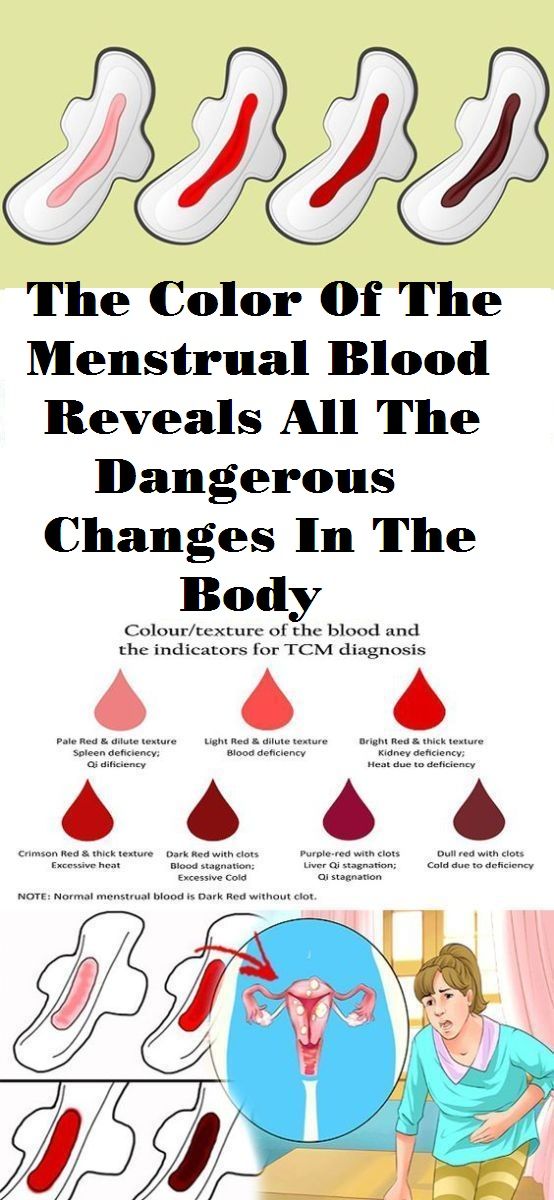When it comes to menstruation, many women experience a range of symptoms and changes in their bodies, including the presence of blood clots. These clots can vary in size and appearance, leading to concern or confusion. Understanding what these blood clots mean and why they occur is essential for anyone experiencing them. With the help of blood clots menstruation pictures, we can better comprehend the variations and what may be considered normal versus abnormal.
Blood clots during menstruation are not uncommon. They can manifest as small specks or larger, more noticeable clots. While some women may experience them occasionally, others may have frequent occurrences. This variability can lead to a lot of questions about the underlying causes and whether or not they are a cause for concern. By examining images of blood clots during menstruation, we can gain insights into what might be considered typical and when it may be time to seek medical advice.
Moreover, the presence and characteristics of blood clots can provide valuable information about a woman's menstrual health. In some cases, they may be linked to hormonal imbalances, uterine fibroids, or other medical conditions. Understanding the potential implications of these clots can empower women to take charge of their health and seek help when necessary. In this article, we will explore various aspects of blood clots during menstruation, including causes, symptoms, and when to consult a healthcare professional.
What Causes Blood Clots During Menstruation?
Blood clots during menstruation can arise from several factors. Here are some common causes:
- Hormonal Imbalances: Fluctuations in hormones, particularly estrogen and progesterone, can lead to heavier menstrual bleeding and the formation of clots.
- Uterine Fibroids: Non-cancerous growths in the uterus can contribute to increased bleeding and clot formation.
- Endometriosis: This condition occurs when tissue similar to the lining of the uterus grows outside the uterus, causing painful periods and clotting.
- Pelvic Inflammatory Disease (PID): Infections in the reproductive organs can lead to abnormal bleeding and clotting.
What Do Blood Clots During Menstruation Look Like?
Blood clots can vary significantly in appearance. Here are some common descriptions:
- Small Clots: These may appear as dark red or brown specks, often less than the size of a dime.
- Medium-Sized Clots: These can be larger and more noticeable, ranging from the size of a quarter to a half-dollar.
- Large Clots: Clots that are the size of a golf ball or larger may indicate a more serious issue and should be evaluated by a healthcare professional.
Are Blood Clots During Menstruation Normal?
In many cases, the presence of blood clots during menstruation can be completely normal, especially if they are small and not accompanied by other concerning symptoms. However, if you experience:
- Heavier than normal bleeding
- Severe pain
- Clots larger than a golf ball
- Menstrual cycles that last longer than a week
It may be time to consult a healthcare provider for further evaluation.
When Should You Seek Medical Attention for Blood Clots?
Recognizing the signs that warrant a visit to the doctor is crucial. You should seek medical attention if you experience:
- Symptoms of anemia, such as fatigue or weakness
- Sharp or severe abdominal pain
- Menstrual cycles that suddenly change in pattern
What Are the Treatment Options for Heavy Bleeding and Clots?
If heavy bleeding and blood clots are a recurring issue, several treatment options may be available, including:
- Hormonal Therapy: Birth control pills or hormonal IUDs can help regulate menstrual cycles and reduce bleeding.
- Medications: Nonsteroidal anti-inflammatory drugs (NSAIDs) can help reduce pain and bleeding.
- Surgery: In more severe cases, surgical options may be considered, depending on the underlying cause.
How Can Blood Clots During Menstruation Affect Your Health?
Understanding the potential health implications of blood clots during menstruation is important for overall well-being. While occasional clots can be normal, persistent or large clots may indicate underlying health issues that require management.
What Lifestyle Changes Can Help Manage Menstrual Symptoms?
Adopting certain lifestyle changes can help manage menstrual symptoms and improve overall menstrual health. Consider incorporating the following:
- Regular Exercise: Physical activity can help regulate hormones and improve circulation.
- Balanced Diet: Eating a nutritious diet rich in iron and vitamins can support overall health and reduce symptoms.
- Stress Management: Techniques such as yoga and meditation can help alleviate stress, which can impact menstrual cycles.
Are There Any Myths About Blood Clots During Menstruation?
Many myths surround menstruation and blood clots. It's essential to separate fact from fiction. For example, some believe that all blood clots are a sign of a serious health issue, but this is not always the case. Similarly, myths about menstrual hygiene practices and their effects on blood clotting can lead to confusion. Accurate information is vital for understanding what is normal and what should be a cause for concern.
Conclusion: Understanding Your Menstrual Health
In conclusion, blood clots during menstruation can be a normal part of the menstrual cycle for many women. However, understanding what these clots signify and when to seek medical attention is crucial for maintaining menstrual health. By exploring blood clots menstruation pictures and learning more about their characteristics and potential implications, women can take proactive steps towards better health. Always consult a healthcare professional if you have concerns about your menstrual cycle or experience significant changes.


